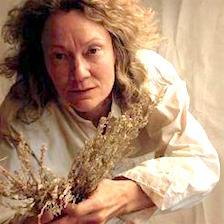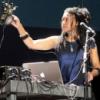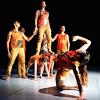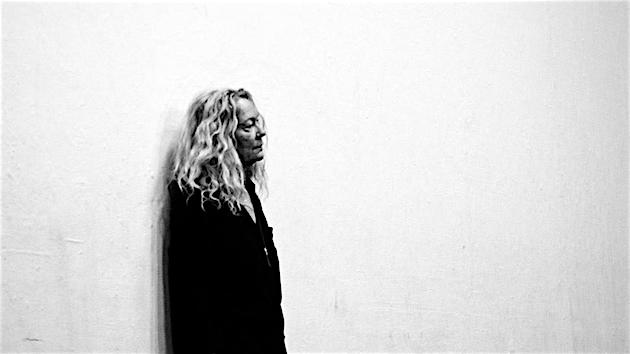
A person will sleep on stage and human bones will inhale and exhale during the world premiere of ECHO/riding the rapids, a new work by interdisciplinary performance artist Sara Shelton Mann. Invariably, Mann predicts in an interview, animate and inanimate sound and its echoes will be heard, felt and perceived Oct. 11–13 in the ODC Theater.
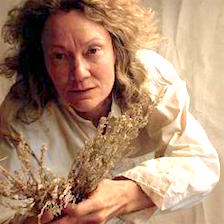
Mann is a protégé of dance traditions defined by Alwin Nikolais and Murray Louis. Since 1979, she has been an intriguing presence on the Bay Area dance scene whose works encompass contact improvisation and carry elements of spiritual and physical practices, theater, and unique interactions with sound and music. She developed the approximately one-hour work in collaboration with dance artists Anya Cloud and Jesse Zaritt and composer Pamela Z. Performances during the weekend series also feature dancers Abby Crain and Jesse Hewit. A free community workshop led by Mann will incorporate chi practices, writing, and material from ECHO.
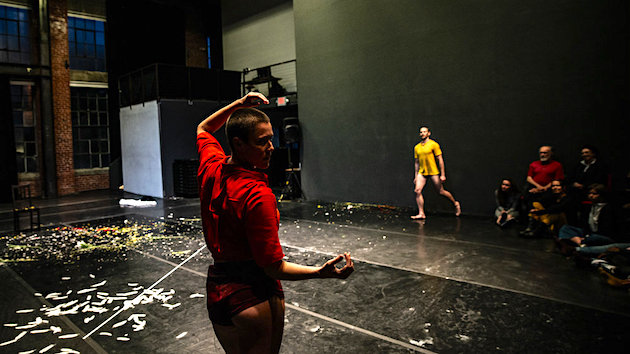
“I started with the first premise: What is the ether around the bones?” Mann says.
Sometimes, the sounds she heard manifested themselves as robotic, shape-shifting movement. At other times, they floated like flexible, translucent, thin line etchings in which stark dance motifs and motivations morphed as they entered into a multitextural duet with the flowing music of Pamela Z.
“What you’re going to get from ECHO is the brilliant Pamela Z,” Mann promises. “No one knows echoes like her. The masculine and feminine aspects that are within and without all of us, the thought patterns that resonate in the room, the empty and always transforming visual sounds in the venue — I’m a space designer.”
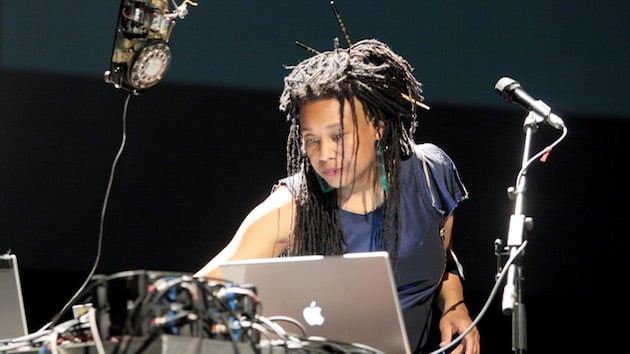
If it sounds like the stuff of symbols, it is. There is chalk, possibly linked to pictures drawn in childhood and suggestive of pain and playfulness. There are feathers, awful and profoundly beautiful in their connection to a memory. “I grew up on a family farm,” says Mann. “I have a memory of my mother wringing a chicken’s neck and then, with an ax, chopping it’s head off. It would dance in this wild crazy dance. That’s why I use feathers. It’s the terror of beauty: the red blood everywhere. Watching the life go out of something that was dancing — I was shocked.”
If there are intangibles like the echo of memories that haunt like ghosts, there is also structure in Mann’s choreography. “You’ll see absolute timing, structure, the same props, and hear the same score from night to night. But time may expand or condense, Jesse may hit the wall or the floor,” she says. “We’re in a set space/time frame, but it can bend like a spoon.”
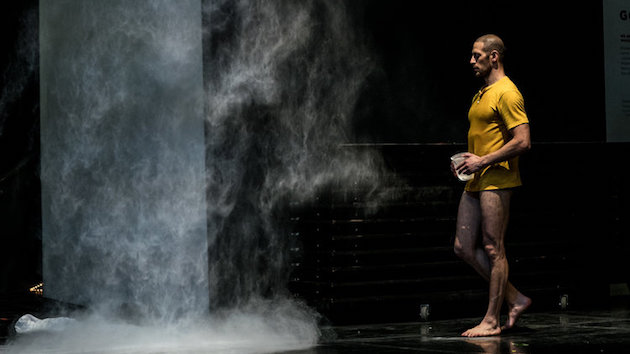
While working on ECHO, Mann watched what happened on the sidelines, discovering entirely new territory. One dancer observed sleeping ultimately found its way into the new work. “I’m putting in all the mistakes, all the hard stuff. Before, I admit, I was often just looking at their extraordinary qualities of movement. This time, I found out one dancer plays the piano. From others, I learned that they have to break through their hardness to perform. The structure of doing a good job: How do they know how to rise out of nothing to be a god? Where does that force come from? There must be a certain breakthrough before freedom is found. I give them that opportunity.”
For the audience, ECHO offers visual, kinesthetic, audible and remembered or echoic ideas like bubbles. Allow them to fly untethered, attend to the echoes, attach sound to a dancer or to specific lines in Pamela Z’s voice, find their patterns in a fugue in which visuals, movement and sound are made inseparable, or escape the insanity of “texting, streaming, cluttering, and shortening our conversations” (according to Mann) due to the dictatorship of the digital era. Mann says working with her collaborators was “sublime.” If there’s a hint of that, grab it. It’s not every day that watching a person sleep will awaken new thoughts or that bones allowed to breathe without restraint may find the sublime.

